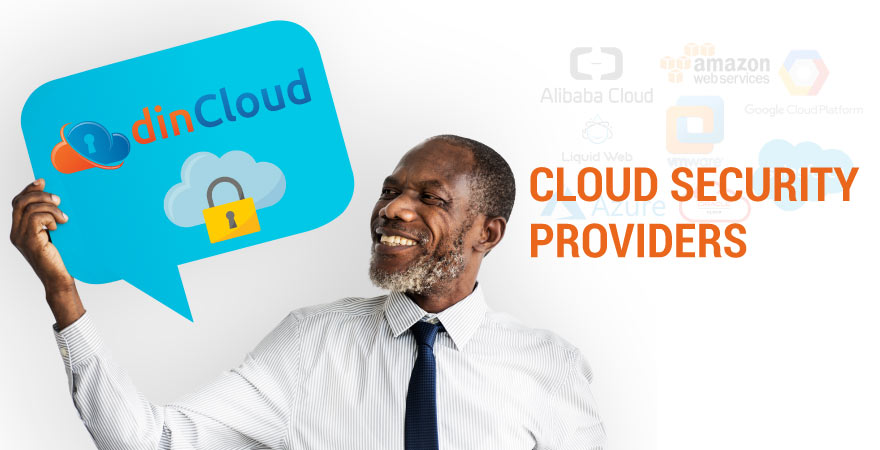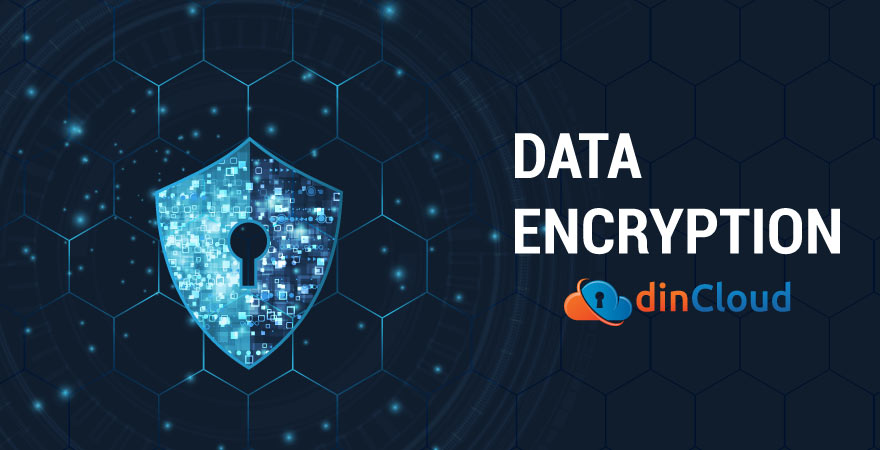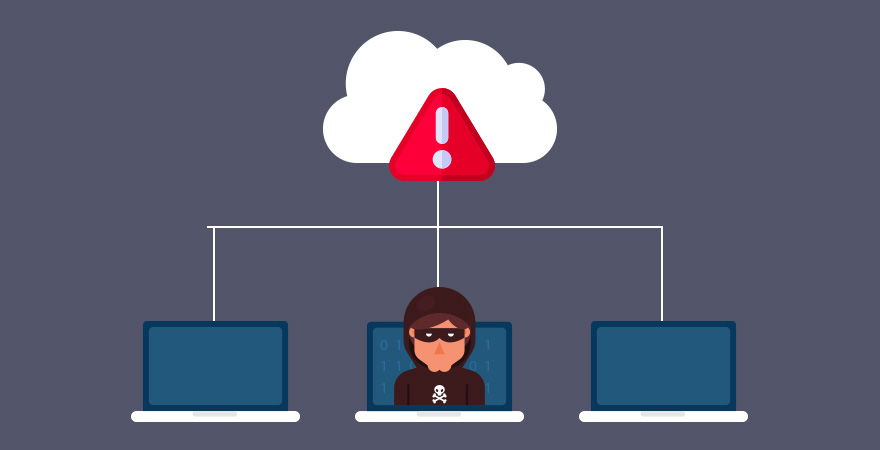Cloud Computing Solutions bring efficiency and flexibility to the operations of organizations that deploy them. However, entities moving to the cloud should thoroughly factor in all the security related risks and vulnerabilities so that as they Migrate to the Cloud, they are well equipped for the new environment.

In this post, we will highlight some of the major security related priorities for companies that are prospecting for cloud based solutions. They are in no particular order and each facet of security must be given due importance during the prospecting and implementation phases.
Also Read:
- 7 Aspects of a Secure Transition to the Cloud
- 12 Security Questions to Ask From Your Cloud Solution Provider
- Cloud Security Breaches of 2019 and the Way Forward
Compliance with Industry Regulations
With the rapid proliferation of cloud based solutions, both sensitive and business critical data are migrating from in house storage silos to the data centers of Cloud Service Providers (CSP). Prima facie, this translates into far less work for the cloud tenant as it will no longer have to maintain elaborate IT hardware on premise.
Also Read: Top 5 Cloud Computing Vulnerabilities, Threats and Remedies
However, we are witnessing a major shift in regulations surrounding the collection, storage and manipulation of data across the globe. The EU has led this initiative but many other major jurisdictions are moving heavily towards more stringent data regulations.
Therefore, this should be a major consideration before moving to the cloud. Each prospecting entity must evaluate the regulatory guidelines laid out for the type of data handled by the company and shortlist only those service providers whose data centers meet the laid down regulatory standards.
Capacity Building of Staff
If we compare a cloud based solution from the traditional on premise network solutions, they may be miles apart in some aspects. No matter how secure a cloud solution may be on paper, its efficacy will greatly depend on the capacity of the company employees that would be the end users of the cloud based solution.
It is imperative that capacity building of staff should move in tandem with the overall implementation phase of the cloud based solution. This exercise will not only enhance the security profile of the cloud tenant but also facilitate the transition of the entity concerned from an on premise solution to the cloud.
Cloud Security Providers
The persistent trend of cyber attacks is keeping the debate of cloud security very much alive. Each successful cyber crime underscores the gravity of this situation. Keeping this in view, many companies have emerged recently that specialize in security of cloud based solutions.

Related:
- 8 Tips to Protect MS Windows from Ransomware
- MegaCortex Ransomware Hits iNSYNQ
- Mitigate your Ransomware Risk with Cloud Backup and Business Continuity
It may be a more prudent approach to engage an entity that specializes in cloud security and integrate that solution with the cloud based service. Given the complexity and sensitivity of cloud security, a single vendor should be selected that offers a comprehensive suite of cloud security measures.
Given the possible integration related challenges, the ideal scenario would be to engage a CSP that has a comprehensive cloud security mechanism in place. An external cloud security vendor should be engaged only if your CSP lacks the requisite expertise or does not meet the regulatory standards.
Futuristic Approach
Some organizations tend to become short sighted in how they approach cloud security. They may only prepare their security profile to thwart just the known or discovered cyber threats. Although this is also a necessity but it would prove inadequate in the mid to long term scenario.
In addition to gearing up for the documented threats, a cloud tenant will also have to prepare its network for the emerging and undiscovered cyber threats lurking in the darkest corners of this vast web. It would only be made possible by adopting a broad and futuristic approach to cyber security.
Data Encryption
Encryption is an age old technique to protect sensitive information, even if it falls in the wrong hands. One can’t emphasize its importance enough in today’s threat infested cyber space. Over the cloud, there is a regular movement of sensitive data between the CSP and the cloud tenant.

The traditional approach of “encryption at rest” is now proving inadequate in fully securing cloud based solutions. Organizations prospecting for cloud solutions should prefer CSPs that also offer encryption of data in transit, as an additional feature to keeping it encrypted while at rest.
We would also like to draw attention to the recent initiative which aims to keep data encrypted even when it is being worked upon. The gap between end user and full time encrypted data is likely to be filled by strong Artificial Intelligence Algorithms that will get the job done. This will surely be a new era in the domain of encryption.
Access Management Solutions
A robust access management system will go a long way in securing any cloud based solution. In medium to large scale organizations, the users of a cloud network may even be in the thousands. This poses serious challenges for the security of the entire cloud based network.
It is imperative that an elaborate access management system is in place at the outer most periphery of the cloud network. This mechanism should first positively identify each legitimate user of the cloud network prior to granting access. The authentication tools should be based upon dynamic characteristics of each user.
Endpoint Security
In case of large cloud networks, the number of endpoint devices accessing the cloud may run in hundreds or thousands. The entire cloud network may be at risk if an end point device falls in the wrong hands. The cloud tenant must be proactive in securing all its endpoint devices that interact with the cloud solution.

A very critical aspect of a robust endpoint security is sensitizing employees about the gravity of this issue. Employees must never leave their cloud connected devices unattended or vulnerable to unauthorized access. Well secured endpoint devices will go a long way in beefing up the security of the cloud.
Sensitization about Cyber Threats
Today’s cyber threats are becoming highly elusive and deceptive. A seemingly innocent email or memo may contain a dangerous malware ready to unleash itself on an unsuspecting victim. It is imperative that all users of the cloud based network are made aware of the nature of existing and imminent cyber threats.
Employees must never respond to suspicious or unsolicited communications specially if their origin is external. Such items should immediately be brought in the notice of the cyber security professionals of the cloud tenant and the CSP so that its adverse effects can be eliminated or mitigated in a timely manner.
Prevention and Detection of Intrusion
The biggest weapon of cyber criminals is stealth. Once they gain access to the cloud network, they will try their level best to blend with the natural flow of the network’s traffic and exploit more vulnerabilities. In addition to the first line of defense that is access management, intrusion detection is also an important security tool.

A robust mechanism should be in place that monitors network traffic and highlights any abnormalities. Any identified vulnerabilities must be isolated and analyzed further before they inflict any serious damage to the sensitive and business critical data.
Cross Jurisdictional Compliance
As the internet is highly connected, today’s workplace has evolved to fully incorporate a remote workforce. Similarly, the suppliers and vendors may be located beyond the jurisdictional borders of the entity. It is inevitable that these stakeholders will become an integral part of the cloud network sooner or later.
This cross jurisdictional relationship is bound to create compliance related challenges in the event of a security breach. Cyber thefts are otherwise very challenging even if cross jurisdictional barriers do not exist. When prospecting for a CSP, the cross jurisdictional compliance will have to be considered in the context of a breach.
Security Audits of the Cloud
Long gone are the days when organizations only reacted to a cyber attack. In today’s fast paced and fiercely competitive environment, a data breach can have devastating consequences for an entity. Therefore, organizations will have to become proactive and conduct regular security audits of their cloud network.
To deliver the best results, these cyber security audits should be conducted in close coordination with the CSP so that all facets of cloud security can be analyzed from different perspectives. These security audits will go a long way in identifying the strengths and weaknesses in the security profile of the cloud solution.
Conclusion
The true benefits of any cloud solution can never be fully realized without a robust security mechanism. The security of the cloud solution must figure among the top most priorities of the overall implementation strategy. For best results, an all-encompassing approach will have to be adopted by the cloud tenant.


